Excel (xlsx)
Type of resources
Topics
Keywords
Contact for the resource
Provided by
Years
Formats
Representation types
Update frequencies
-

Analyses of major elements (presented as weight percent oxide) in volcanic rocks from Mt. St. Helens, Washington, USA. The data table includes sample descriptions. More detailed sample descriptions are given in Blundy et al., (2008). Blundy, J., Cashman, K.V. and Berlo, K. (2008) Evolving magma storage conditions beneath Mount St. Helens inferred from chemical variations in melt inclusions from the 1980-1986 and current (2004-2006) eruptions, in: Sherrod, D.R., Scott, W.E., Stauffer, P.H. (Eds.), A volcano rekindled: the renewed eruption of Mount St. Helens, 2004-2006, Reston, VA, pp. 755-790.
-
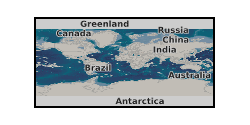
Isotope tracing data for 14C, 15N and 33P tracing between plants and symbiotic fungi in Lycopdiella inundata, Anthoceros and Phaeoceros sp. and Lunularia cruciata. All plants tested and traced in atmospheric CO2 conditions of 440 ppm [CO2] and 800 ppm [CO2]. Datasets includes total mass of plants and soils, Bq in each component of experimental systems and values in Bq and mg where appropriate.
-
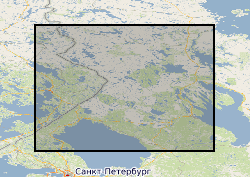
Demonstration of hydrothermal ammonium mobilization in the Paleoproterozoic with possible implications for biological productivity. The data include organic carbon and nitrogen abundances and isotopic ratios, as well as metal abundances. Samples span from sedimentary rocks to altered igneous rocks, where lithologies are provided in the CN data file. The N-enrichment in the usually N-poor igneous rocks indicates transfer of ammonium from organic-rich sediments and can be used to estimate the ammonium concentration of the hydrothermal fluid at the time of deposition. More details are provided in Stüeken, E.E., Kirsimäe, K., Lepland, A. and Prave, A.R., 2023, Astrobiology, 23(2), pp. 195-212.
-
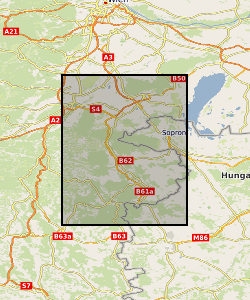
Stable isotope data of organic carbon, nitrogen and sulfur as well as trace elements are used to explore how proxies with differing residence times in seawater respond to changes in the basin’s connectivity to the open ocean. The results show that species with a short residence time, such as nitrate and rare earth elements, may be more sensitive to geologically brief fluctuations in oceanographic conditions than long-lived species like sulfate. Details about the methodology and sampling strategy can be found in Stu¨eken, E.E., Viehmann, S. and Hohl, S.V., 2023, ACS Earth and Space Chemistry, 7(7), pp.1337-1349.
-
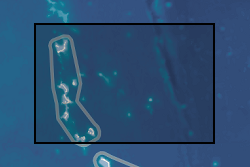
Measurements of nitrogen and carbon abundances and isotopic ratios for deep-marine ferromanganese crusts and nodules from the modern ocean. This reservoir has not previously investigated as an archive of nitrogen isotopes. The results reveal unusually negative values, interpreted as evidence of partial ammonium oxidation succeeded by adsorption of nitrogen oxides to the mineral surface. More details can be found in Stüeken , E E & Bau , M 2023 , Geochemical Perspectives Letters , vol. 25 , pp. 13-17 . https://doi.org/10.7185/geochemlet.2308 Geographical extent: Central Pacific seafloor, between Kiribati and Wallis and Futuna (0° – 10° S and 175° E – 175° W)
-
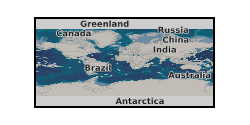
The data report new F, Cl, and Br fluid/melt partition coefficients for intermediate to silicic melts, for which F and Br data are particularly lacking; and for varying CO2-H2O contents. The data was collected from basaltic andesite and dacite rock experiments from the Kelud volcano in Indonesia and Quizapu volcano in Chile Over the period of two years, 2020 – 2022. The experiments were conducted at pressures 50–120 MPa, temperatures 800–1100 °C, and volatile compositions [molar XH2O = H2O/(H2O +CO2)] of 0.55 to 1, with redox conditions around the Nickel-Nickel Oxygen buffer (ƒO2 ≈ NNO). Experiments were not doped with Cl, Br, or F and were conducted on natural crystal-bearing volcanic products at conditions close to their respective pre-eruptive state. The data was collected to assess the effects of changing fluid composition (XH2O) on Br fluid/melt partitioning for the first time. Three tables of data are provided; Table 1.xlsx Table 1 Experimental conditions, which were conducted under NNO oxygen buffer. Table 3.xlsx Table 3: Major element and Br, Cl and F contents of experiments, modelled water and CO2 values and Fluid/melt partitioning. The standard deviation (1 sigma) of the multiple analyses for each experiment (n=11-24) Table S2 SIMS and EMPA Secondary standards.xlsx SIMS and EMPA secondary standards Associated paper; Mike Cassidy, Alexander A. Iveson, Madeleine C.S. Humphreys, Tamsin A. Mather, Christoph Helo, Jonathan M. Castro, Philipp Ruprecht, David M. Pyle, EIMF; Experimentally derived F, Cl, and Br fluid/melt partitioning of intermediate to silicic melts in shallow magmatic systems. American Mineralogist 2022;; 107 (10): 1825–1839. doi: https://doi.org/10.2138/am-2022-8109
-
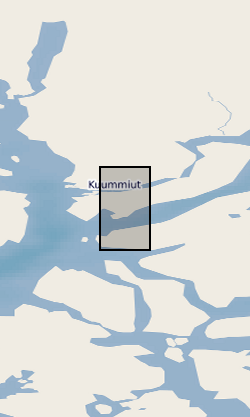
Measurements of the nitrogen content of hydrothermal graphite deposits and associated silicate rocks. The samples are of Paleoproterozoic age and allow constraining the behavior of nitrogen in abiotic hydrothermal graphite-forming systems. The results provide context for evaluating the biogenicity of Eoarchean graphite. More details are presented in Stüeken, E.E., Szilas, K. and van Hinsberg, V.J., 2023, Chemical Geology, 617, p.121274.
-
Method validation of IC-ICPMS with chlorine removal for phosphite analysis (NERC Grant NE/V010824/1)
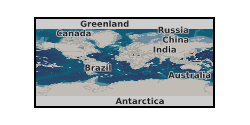
Method development for trace-level analyses of phosphite in chloride-rich matrices. Dataset includes linearity data from the ion chromatograph (IC) in stand-alone mode and coupled to the inductively-coupled plasma mass spectrometer (ICP-MS), with and without removing chloride from the solution, as well as nuclear magnetic resonance (NMR) data for phosphorus species. The results demonstrate successful removal of the chloride matrix for analyses of phosphite in solutions at sub-ppb concentrations. Additional details about the methodology are published in Baidya, A.S. and Stüeken, E.E., 2024, Rapid Communications in Mass Spectrometry, 38(1), p.e9665.
-
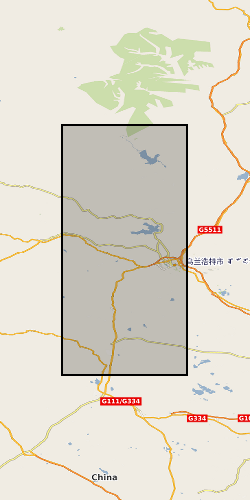
Whole rock analyses (presented in parts per million, ppm) of volcanic samples from Mt. St Helens, Washington, USA. Detailed sample descriptions and given in Blundy et al. (2008) and references therein. All samples were analysed using solution ICP-MS at the Open University. Blundy, J., Cashman, K.V. and Berlo, K. (2008) Evolving magma storage conditions beneath Mount St. Helens inferred from chemical variations in melt inclusions from the 1980-1986 and current (2004-2006) eruptions, in: Sherrod, D.R., Scott, W.E., Stauffer, P.H. (Eds.), A volcano rekindled: the renewed eruption of Mount St. Helens, 2004-2006, Reston, VA, pp. 755-790.
-
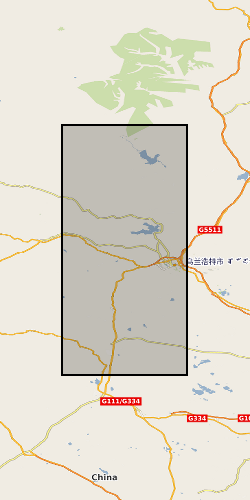
Laser ablation (LA) ICP-MS analyses (presented in parts per million, ppm) of melt inclusions from the 1980 eruption of Mt. St. Helens (18th May-16th October). Detailed sample collection methods are given in Blundy et al. (2008). Blundy, J., Cashman, K.V. and Berlo, K. (2008) Evolving magma storage conditions beneath Mount St. Helens inferred from chemical variations in melt inclusions from the 1980-1986 and current (2004-2006) eruptions, in: Sherrod, D.R., Scott, W.E., Stauffer, P.H. (Eds.), A volcano rekindled: the renewed eruption of Mount St. Helens, 2004-2006, Reston, VA, pp. 755-790.
 NERC Data Catalogue Service
NERC Data Catalogue Service